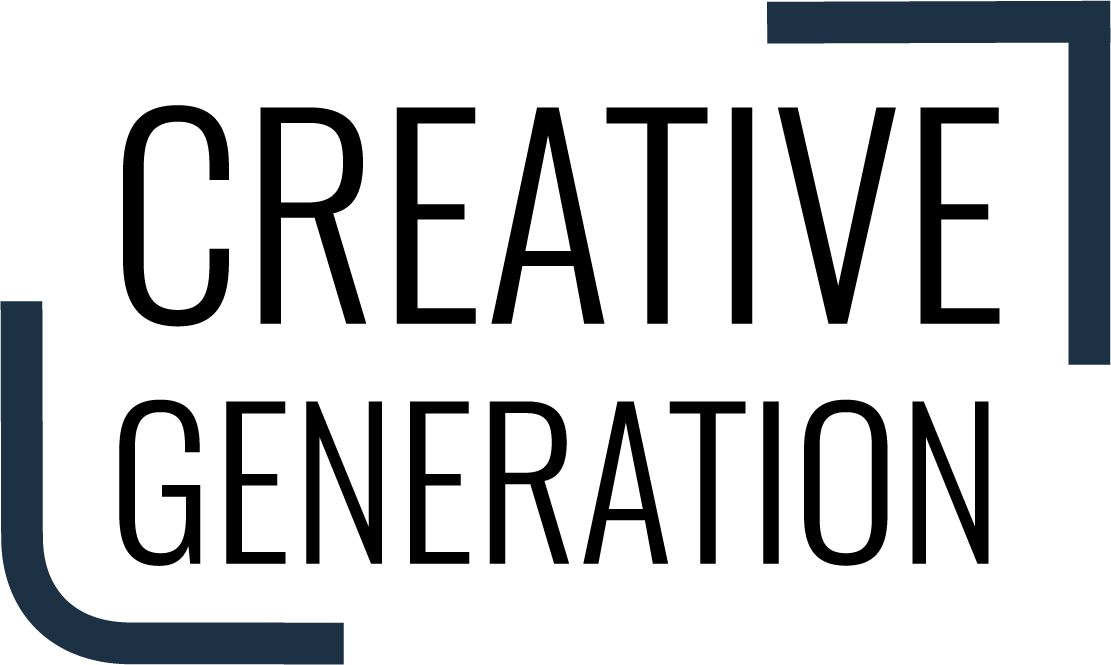From April 2020 – December 2021, Creative Generation was named an ITAC Innovator and focused on developing an infrastructure within the International Teaching Artist Collaborative (ITAC) to address the gap in research and resources produced by and for the field of teaching artistry. The project engaged volunteers in the teaching artist field from a cross-section of countries to collect, validate, and disseminate tools, resources, and creative/scholarly research in a number of capacities. These include retrofitting the existing knowledge shared through the 2019 Think Tanks, building each into a digital learning module; formulating a strategy to catalog, publish and disseminate research and resources shared through the 2018 and 2020 ITAC conferences; and researching and recommending a sustainable and scalable framework for a clearinghouse of new tools and resources created by and for the field of teaching artistry to be located within ITAC’s digital platform. Read more about this project there.
From this work, ITAC hosts monthly Think Tanks, where a host from a different part of the world shares insights about their work, and in discussion with attendees, digs deep about the ways this could help you develop your own practice. The Think Tanks are edited, archived, and connected to additional resources across the sector.
Check out the latest archives here:
The Suspension Of Disconnect: A New Context And Pedagogy For The Arts In The 21st Century (February 2020)
By: Simon Sharkey (UK) and Jessica Pilmore (US)
What does it take to be present with yourself - with your ensemble or team? What does it take to build a compassionate and brave space with and as an audience? What does it take to engage in artful living?
In February of 2020, Simon Sharkey and Jessica Pilmore led a highly interactive session to share the results of their current collaborations related to the Suspension of Disconnect. The Suspension of Disconnect is centered around four themes: self and process, ensemble and team, artful living, and audience (with and as). The session invites participants and viewers to explore the themes through a series of prompts and questions.
While the live discussion has been removed from the recording, viewers can still participate via the prompts by pausing the video to take time to reflect
Communities, Schools And The U.N. Sustainable Development Goals (March 2020)
By: Tricia Tunstall (United States)
How do the arts intersect with the United Nations Sustainable Development Goals (SDGs)? What can you do to expand your case making abilities to appeal to development-oriented funders and partners in your area?
In March of 2020, Tricia Tunstall led a highly interactive session with members of the ITAC community. While the discussion sections are not featured in this archive, Tricia deftly presents the ways in which the SDGs can be viewed as an opportunity for case making in the arts.
The session showcased a forward-thinking approach to making a case for arts education and the arts by embracing a well-respected and impactful system.
Arts And Social Transformation In Latin America: Building Mental Health, Resilience And Recovery Through Art (August 2020)
By: Inés Sanguinetti (South America) & Paul Heritage (UK)
In August of 2020 Inés Sanguinetti & Paul Heritage spoke, alongside five arts organizations, about their collaborative efforts to achieve an interconnectedness between arts, mental health and young people in Latin America. By tapping into several art forms, these organizations are dedicated to aiding in the creation of art that produces change, change that enables people to to invest in their own creative powers.
What links all their work is the focus upon fragility, and ways in which the arts build strengths in fragile environments. To meaningfully investigate quality of life, it means understanding the relationships between violence and mental health from a multidisciplinary approach. Ultimately, it is asking the questions: How can the arts be a community resource where creativity can build resilience? What existing resources does said community have that helps them resist and survive?
